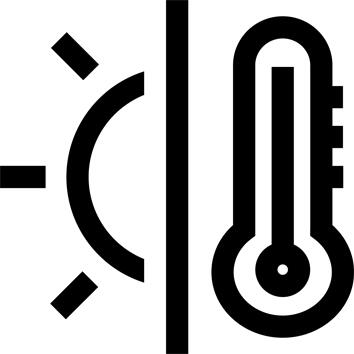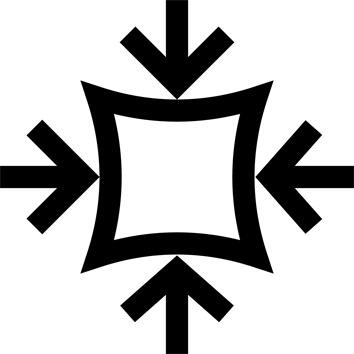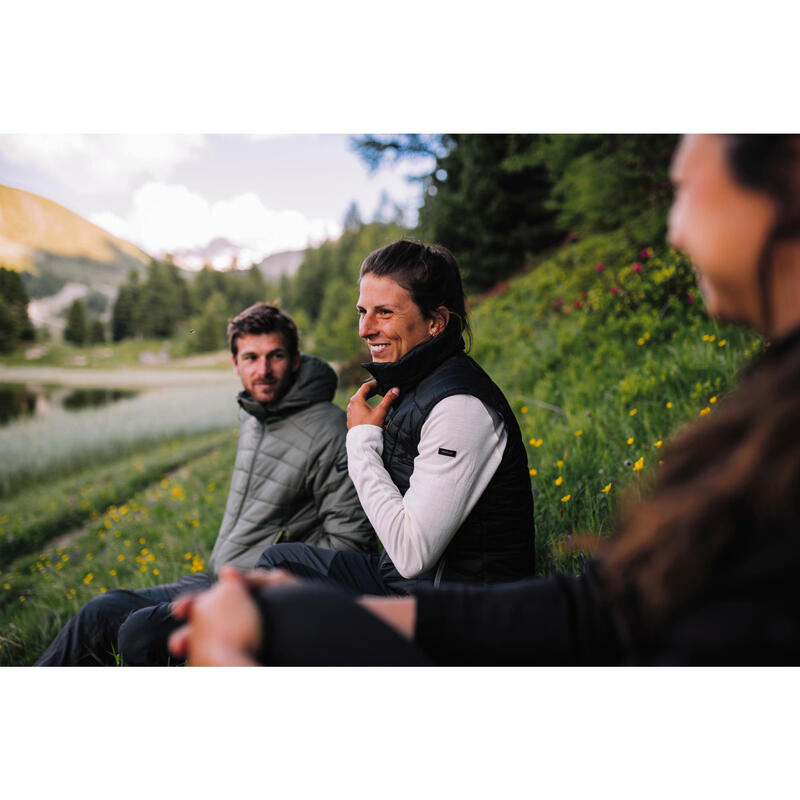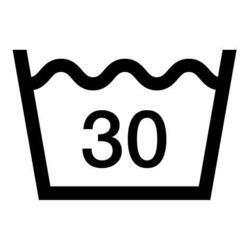Features
- Inside flap under the zip to protect from the wind.
- Flap at the top of the collar to protect the chin.
- Tightening with elastic drawcord and tanka at the bottom of the garment.
Durable materials
This polyamide fabric, using 20-denier yarns, withstands 20,000 abrasion cycles.
Martindale test, Standard 12 947-2
Exterior: 100% polyamide fabric 39 gr/m2, 20 denier
Lining: 100% polyamide fabric 35 gr/m2, blend of 15- and 20-denier yarns
Component water repellency (not to be confused with waterproofing)
A fabric's water repellency is its ability to let water slide off its surface, without absorbing it. This means the fabric doesn't become waterlogged, and remains light and warm.
Water repellency is achieved by a treatment applied to the outer face of the fabric. This treatment needs to be renewed over the life of the garment (we recommend every wash). Products for this purpose are available in our stores.
An invaluable tip to make your down jacket more resistant!
As a general rule, it is not advisable to wash a down jacket too frequently, as each wash reduces its thermal properties.
YOUR DOWN JACKET HAS A SNAG, HOW DO YOU REPAIR IT?
On a trek, a tear in a down jacket can happen, and the good news is that it can be repaired! In fact, you can either mend it or apply an iron-on patch to prevent the tear from getting bigger or the synthetic fibers from escaping.
Don't feel comfortable repairing it yourself? Don't panic! Some Decathlon workshops offer an in-store repair service for your down jackets.
Weight
XS : 0.2 kg
S : 0.22 kg
M : 0.235 kg
L : 0.25 kg
XL : 0.27 kg
2XL : 0.29 kg












